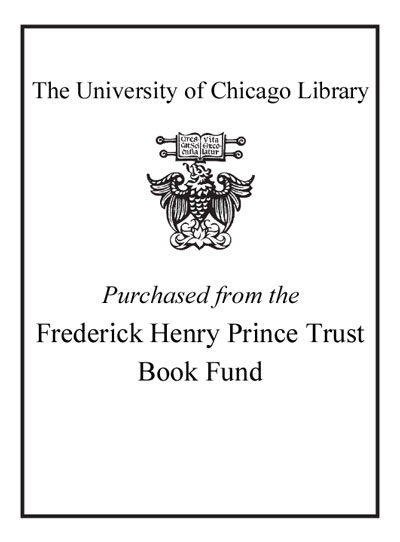Introduction Covent Garden has always been an especial place, a quarter with its own atmosphere and with its own associations. In the early 1970s it was still recognisable as the home of fruit and vegetables within the city. It was the place in which all the traders and buyers came. It was the place to which Londoners came, in search of a bargain. It offered a sanctuary of colour and brightness in the surroundings of west central London. It had a dim flavour of monumentality in the shape of the old piazza and the adjacent church of Saint Paul's. Yet it was bustling and noisy and companionable. I came there many times as a young man, drawn to the life of trade at the heart of the city. The neighbouring streets were filled with cries, and with the rumble of barrows and wagons along the uneven surfaces of the roadways. There was a community here, too, with its own law and language. The same family would stay in the same trade for many generations. The traders knew one another. They drank with each other in the public houses of the neighbourhood, like the Essex Serpent and the Market House and the Marquis of Anglesey. The local people knew the traders, too, and would pass the time of day as they walked through the market. Tramps made their way here; so did entertainers and street performers. It was a free-and-easy place, a place of camaraderie and gossip. All of these aspects are illuminated by the photographs of Clive Boursnell. He evokes the unique atmosphere of the place, redolent of the smell of the vegetables and the colour of the fruit but mingled with it also a sense of the larger city as a place of money and trade. They make a heady mixture. But the larger context is set within the stories of individuals and their relationships with one another. That camaraderie grew out of a long history of settlement and of occupation. There are certain places in London that possess, or are possessed by, a genius loci or spirit of place. In the case of Covent Garden, it is of proven age. It is popularly believed that the first inkling of a market itself arose when the buildings of the piazza were erected in 1630; that was the first of all a fashionable address before it became a place of trade. But it is in fact a much greater antiquity. The area was first marked out by the Saxons as a place of trade and barter, given the name of Lundenwic or market-place of London. In the medieval period it was used as the kitchen garden of Westminster Abbey, filled with the same herbs and fruits and vegetables that were later sold in the seventeenth century. By 1670 the Earl of Bedford's estate was awarded a charter granting it status as a great market in the middle of London. By 1750 the old congregation of ramshackle sheds had been replaced by two-storey stone buildings. In 1830 the permanent market buildings, in three parallel ranges, were finally erected. Fruit was sold in the south range, vegetables in the north range. Here were asparagus from Mortlake and celery from Chelsea, onions from Deptford and turnips from Hammersmith. It became the most famous market in England, endlessly reproduced in paintings and drawings. The first of them was created by Wenceslaus Hollar in 1647. In the early eighteenth century early morning shoppers are seen threading their way through wooden shops and open stalls. The photographs of Clive Boursnell are in direct relation to the earlier artistic tradition. Here are the porters and the traders and the flower-sellers, the barrows and the stalls, the tiny tea rooms and the public houses, all the rich motley of Covent Garden. The life has now changed. That is the unwritten law of London. Yet the buildings survive; the neighbouring houses of Henrietta Street and Russell Street are the same; the geography, if not the appearance, has been preserved. The New Market, as it was known, flourished on this site for 140 years. Then in 1974 the business of Covent Garden was removed to Nine Elms. The world of bustling trade was gone, to be replaced by the tourist shops of the present generation. Yet the old market can still be sensed, and seen, and experienced within these photographs. The texture of that vanished world has been preserved here, together with the life of humankind that has passed across the earth and stones of the district for two thousand years. This is a permanent memorial to a way of London life that may have vanished but that will never be forgotten. In the London imagination Covent Garden will survive for ever. Excerpted from Old Covent Garden: The Fruit, Vegetable, and Flower Markets All rights reserved by the original copyright owners. Excerpts are provided for display purposes only and may not be reproduced, reprinted or distributed without the written permission of the publisher.

